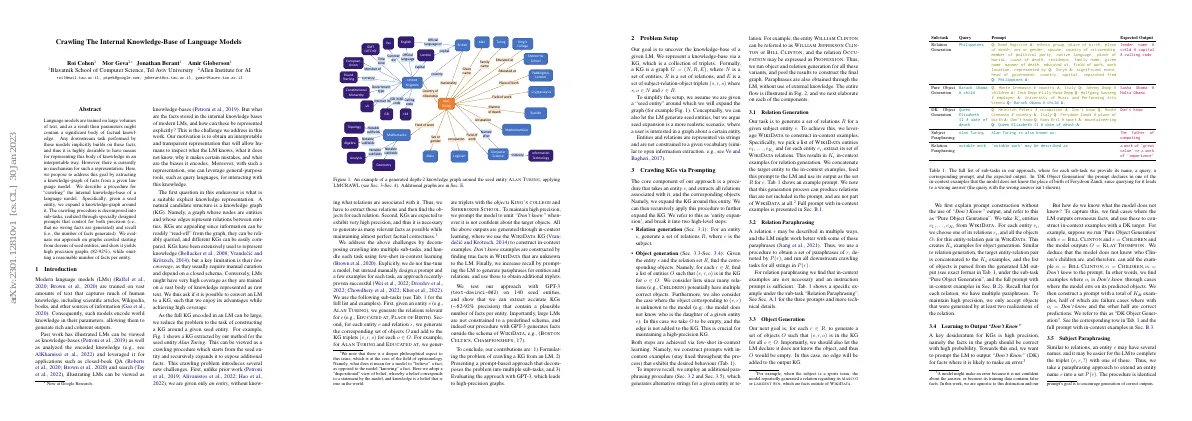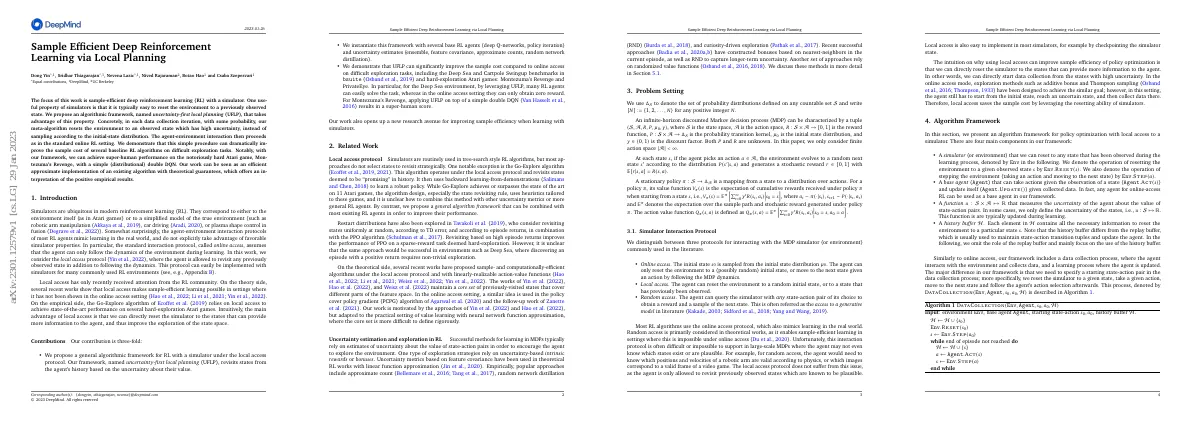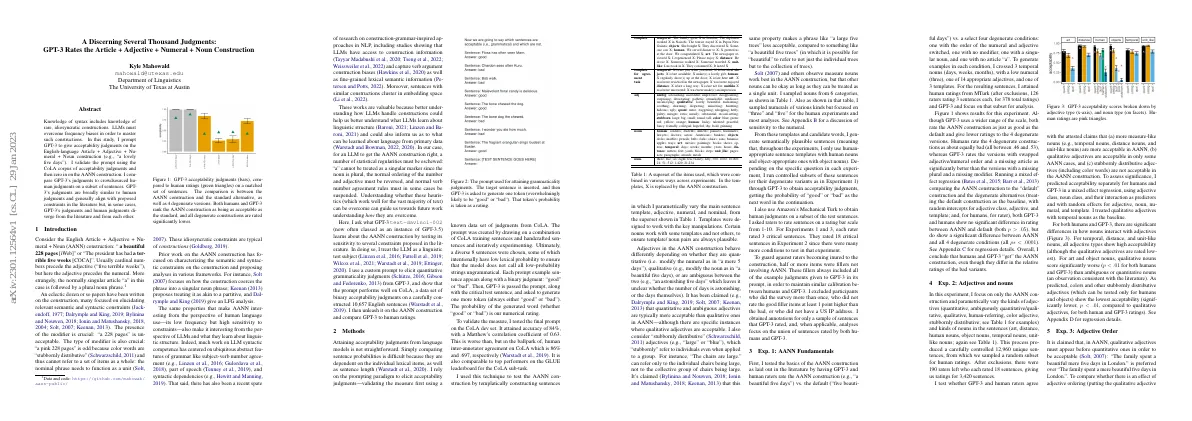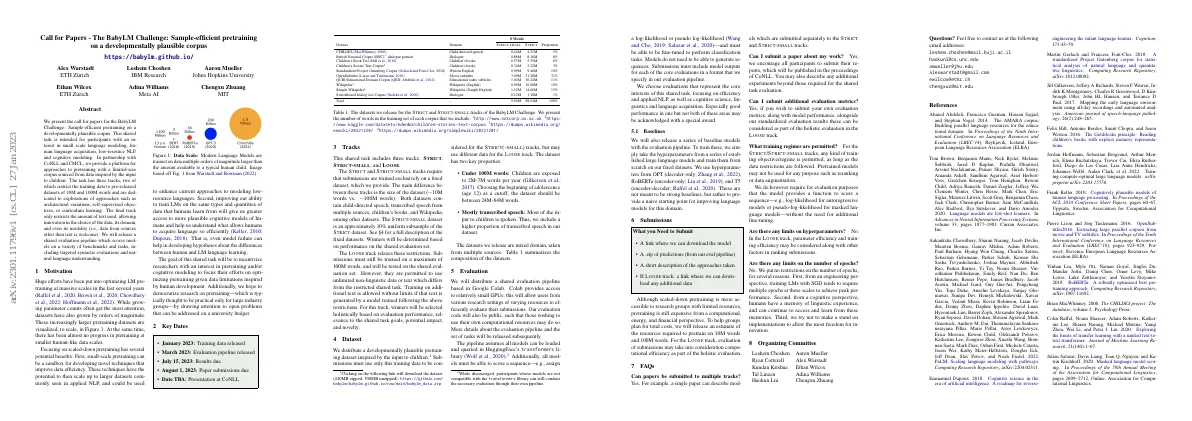
Crawling the Internal Knowledge-Base of Language Models
Link to paper The full paper is available here. You can also find the paper on PapersWithCode here. Abstract Language models contain a significant body of factual knowledge. There is currently no mechanism for representing this knowledge. We propose a procedure for extracting a knowledge-graph from a language model. The procedure is composed of sub-tasks and designed prompts. Evaluation shows high precision (82-92%) and reasonable number of facts. Paper Content Introduction Modern language models are trained on vast amounts of text that captures human knowledge Language models can be viewed as knowledge-bases Representing the knowledge in a language model as an explicit knowledge graph is the challenge addressed in this paper A knowledge graph is a graph of entities and relations between them The goal is to uncover the knowledge-base of a given language model The approach decomposes the problem into multiple sub-tasks The approach is evaluated with GPT-3, leading to high-precision graphs The approach can generate facts outside the schema of WIKIDATA Contributions are formulating the problem, presenting a prompt-based approach, and evaluating the approach with GPT-3 Crawling kgs via prompting Generate relations for an entity Find objects for each relation Improve recall with paraphrasing Pool results to construct final graph Relation generation Our task is to generate a set of relations for a given subject entity....








